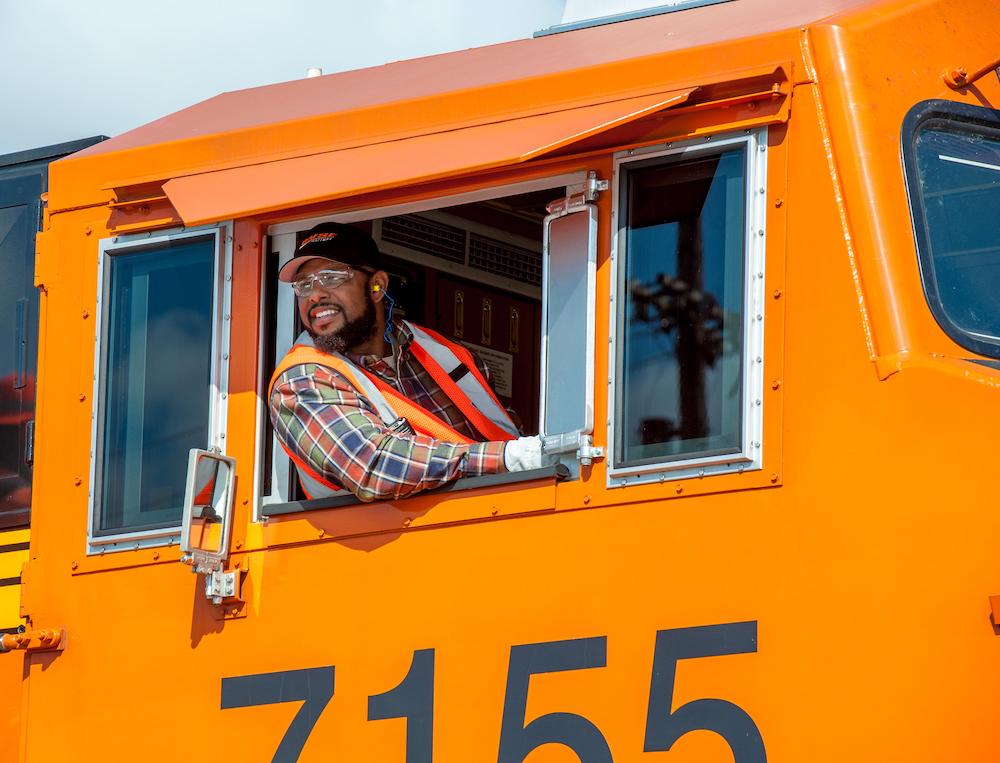
Many of us have had that moment in our lives when we dream of becoming a locomotive engineer. It’s a fascinating career, but what does it take to get there in today’s high-demand world of modern railroading? The First Step: Getting Your Foot in the Door “We get a lot of inquiries from people wanting […]
Read More…

Mid-Continent Railway Museum in North Freedom, Wisconsin, is celebrating the return of Chicago & North Western 4-6-0 steam locomotive No. 1385 after more than a ten-year restoration effort. Trains.com staff writer Lucas Iverson was there to witness and capture No. 1385 as it arrived back at the museum on July 18, 2025, to the excitement […]
Read More…

Come along with Trains.com staff writer Lucas Iverson, as he visits The East Troy Electric Railroad in the summer of 2025. Located in East Troy, Wis., the railroad (completed in 1907) was originally part of The Milwaukee Electric Railroad and Light Company (TMER&L). When the company planned to abandon the line in 1939, East Troy […]
Read More…
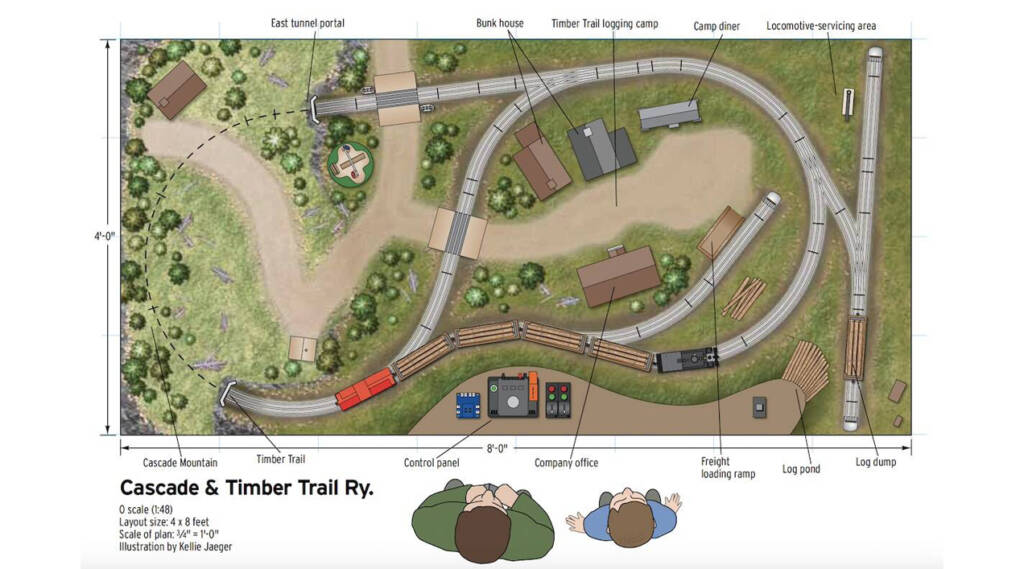
Are you searching for inspiration for your next model railroad project? Whether you’re just starting out, have some experience, or are an advanced modeler, we’ve gathered a collection of creative track plans for every skill level to get your creative juices flowing. Based on designs from our staff and fellow model railroad enthusiasts, these plans […]
Read More…
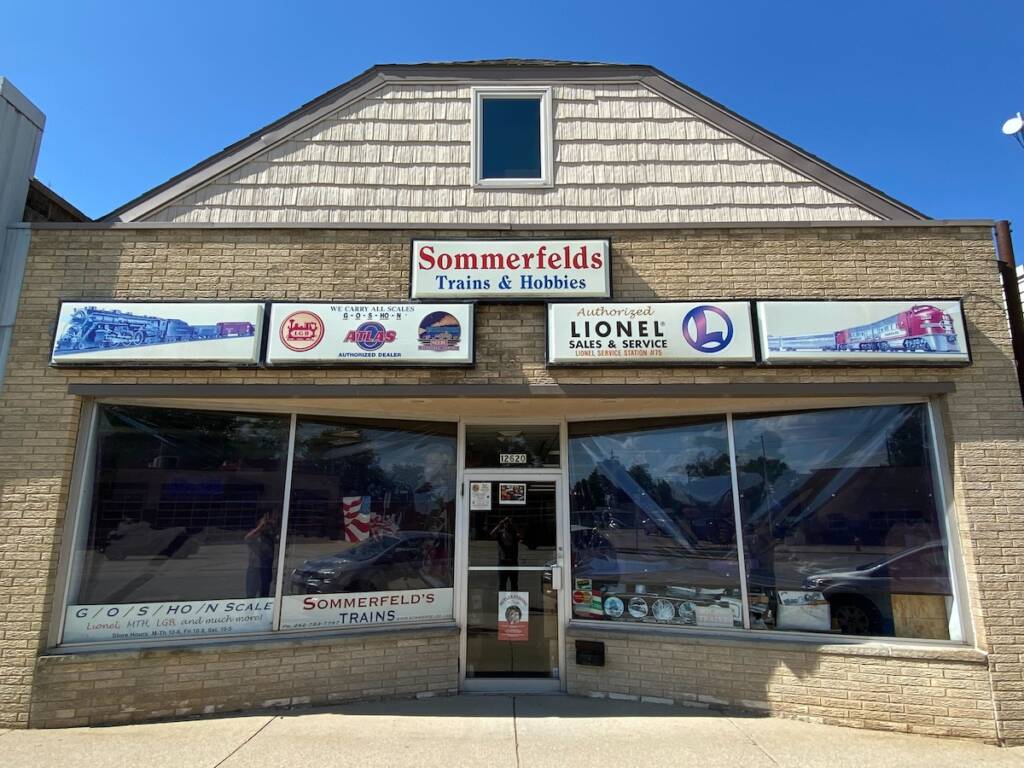
If you ever find yourself in the Milwaukee area, you may want to take a quick drive north to Butler, Wis., and visit Sommerfeld’s Trains & Hobbies. Don’t let its small size fool you — this brick-and-mortar store is a one-stop shop for a vast range of O gauge products. Owner Jack Sommerfeld, Chief Repair […]
Read More…

In this Trains.com exclusive, Lionel LLC CEO Howard Hitchcock fields interview questions from Classic Toy Trains Editor Rene Schweitzer at Lionel’s headquarters in Concord, North Carolina. Howard and Rene discuss the brand’s 125th anniversary, new products, NASCAR die-cast products, custom-run products, the future of the American Flyer line, and much more! You don’t want to miss […]
Read More…

Thomas the Tank Engine is the subject of a new documentary. An Unlikely Fandom: The Impact of Thomas the Tank Engine will premiere at this summer’s The Greatest Gathering event in Derby, England. Thomas began his adventures in a book published in 1945, the first in Reverend W. Awdry’s The Railway Series. These stories were […]
Read More…

Working with suitcase connectors | While also known as insulation displacement connectors, the name “suitcase connector” is a more common term used to describe one the most helpful fasteners in all of model railroading. These plastic cases include a conductive metal blade used to bridge (electrically) two press-fit wires. Let David show you how to […]
Read More…
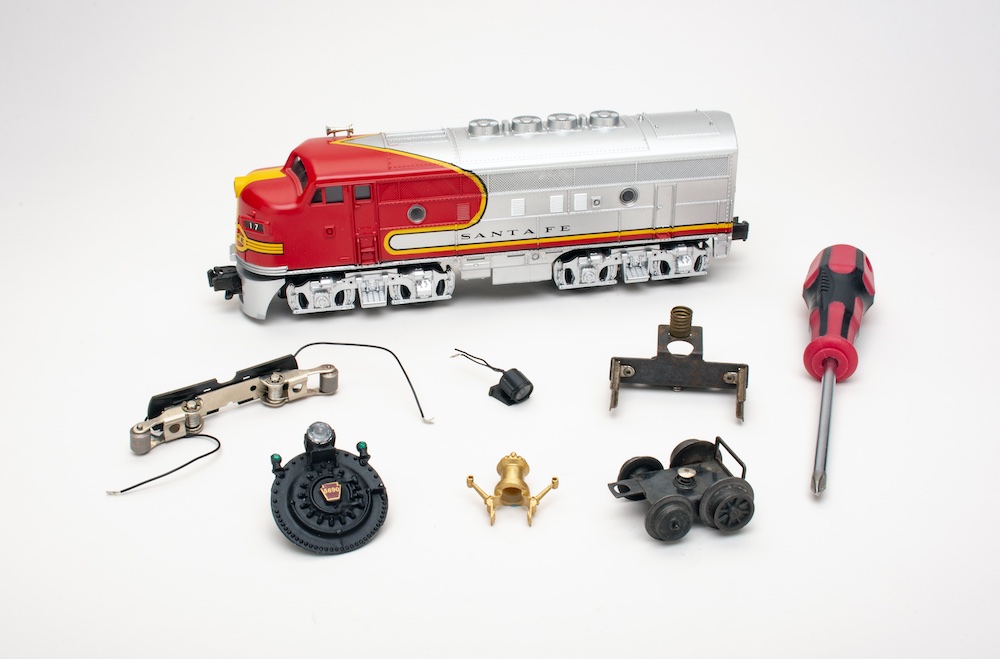
One of the questions we receive quite regularly is where to find parts. Sooner or later, it’s likely you’ll need a part for your locomotive or rolling stock. It could be as simple as replacing traction tires or as complicated as a postwar rehab project. In either case, we’ve got you covered! For each retailer, […]
Read More…
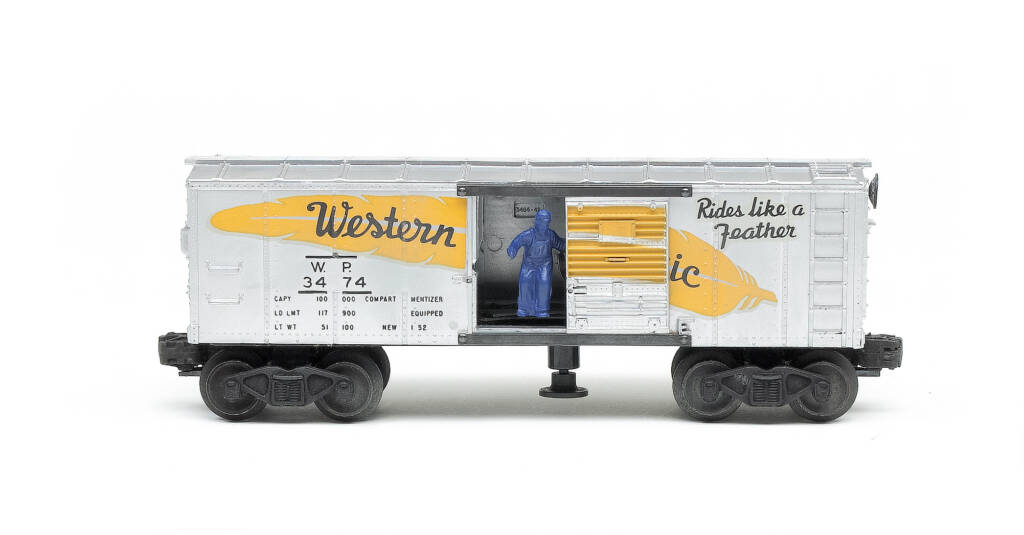
I began collecting O and 027 gauge trains in middle school. Like many toy train enthusiasts, the trains were eventually packed away for various reasons. Years later, I unpacked my Lionel and Marx collection. It had been a long time since I had seen these trains. I unpacked mostly postwar and modern 2-4-2 outline steam […]
Read More…

Train-watching basics: Among the ways in which people participate in the railroad hobby, the simple act of watching trains is the most popular. Some railfans thrill to the power of thousands of tons of steel rushing by. Others watch for new locomotive types, or old classics running out their last miles. Many focus on […]
Read More…

Track selection and tracklaying insights | Join David, as he first surveys a wide array of flexible trackwork offerings, and then shares helpful tips and tricks for properly preparing and installing sections of flex track on your next model railroad! Be sure to find other helpful videos like this in the How-to category on Trains.com […]
Read More…












